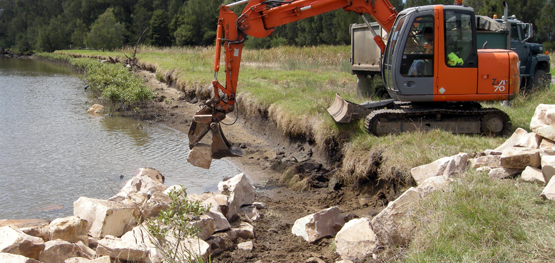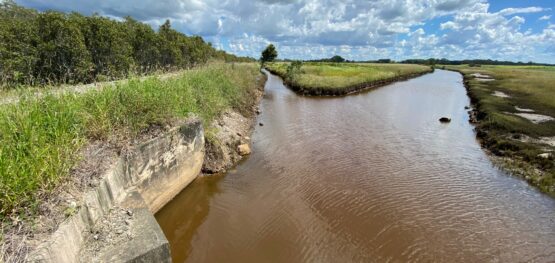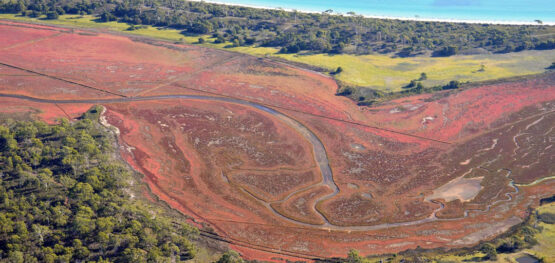Article
12 December 2024
Investors and other stakeholders in marine and coastal restoration need a fit-for-purpose pathway for project approvals that recognises the benefits of enhancing nature. Legislative reform, a stronger evidence-base for nature-based solutions, enabling Traditional Owners to restore Sea Country, and national coordination are important steps on this pathway.
These are findings of a Marine and Coastal Hub project that reviewed people’s experiences and made suggestions for improving the viability of marine and coastal restoration efforts in Australia.
In 2022, Australia joined other parties to the Convention on Biological Diversity in adopting the Kunming-Montreal Global Biodiversity Framework. The framework agenda is to halt and reverse biodiversity loss by 2030 and to live in harmony with nature by 2050.
Australia’s Strategy for Nature 2024–2030 sets the scene for local, state, territory and federal government goals and actions to meet the 23 Global Biodiversity Framework targets.
Target 2 is a strong focus for Australia. It states: “Priority degraded areas (across terrestrial, inland water, coastal and marine ecosystems) are under effective restoration by 2030 to recover biodiversity and improve ecosystem functions and services, ecological integrity and connectivity”.
The hub project formed three working groups to investigate barriers facing marine and coastal restoration in three areas:
- policy and legislation;
- engineering adoption of nature-based coastal protection; and
- Aboriginal and Torres Strait Islander inclusion and co-design.
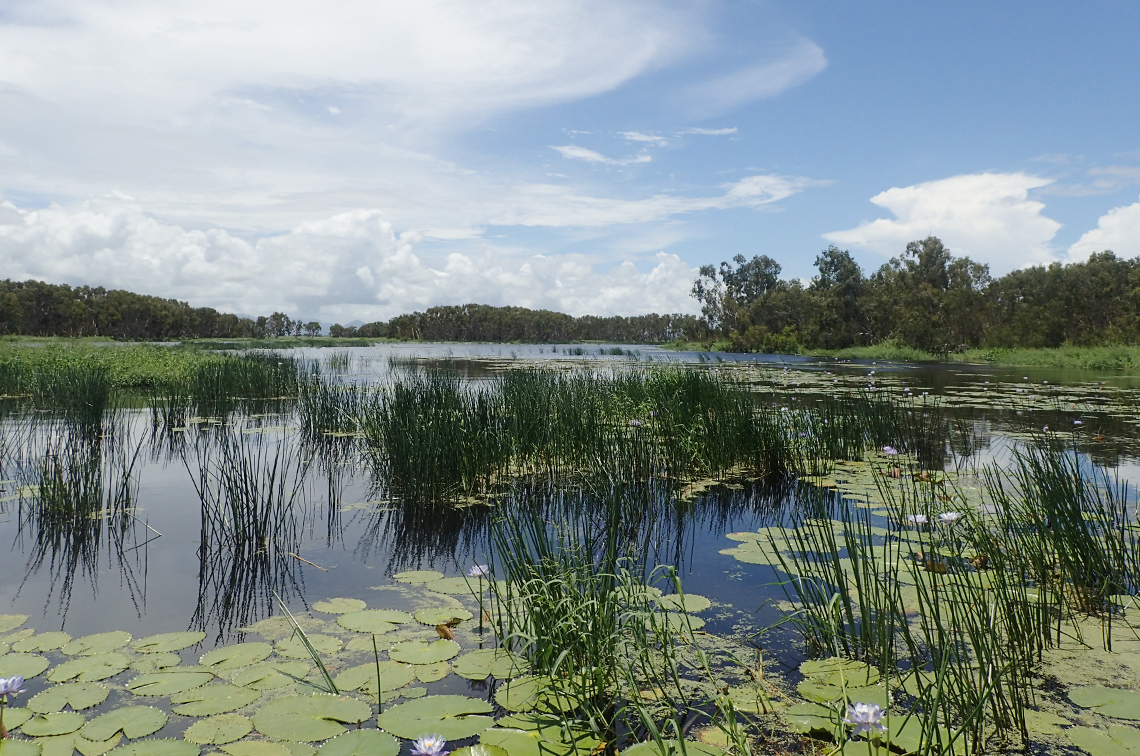
Policy and legislation
The first working group looked at legal frameworks affecting tidal flow and oyster reef restoration activities in Queensland, New South Wales, Tasmania and South Australia. They also reviewed the experiences of government, industry, non-profit and natural resource management agencies and communities undertaking these activities.
Permitting requirements apply in the areas of planning, fisheries, cultural and natural heritage, and other environmental legislation, as well as land access and biosecurity. These are costly, complex, time consuming, and managed across multiple government agencies. They may impose ongoing fees and maintenance and liability conditions.
They are designed to focus on the potentially harmful aspects of development projects, rather than the benefits of restoration. No state has a specific legal framework to facilitate coastal or marine restoration activity. While no jurisdiction had an ideal permitting framework, the process was smoother where there was government support for restoration.
Unlike income-generating developments, restoration projects do not earn profit. Their viability rides on funding, the tide of stakeholder interest, and timelines linked to ecology or supply chains. Some projects are therefore being downsized to reshaped to meet permitting conditions, rather than to achieve restoration goals.
Small-scale law and policy reform
The working group identified small-scale law and policy reform as the most feasible solution to improving legal frameworks in the near-term. There was strong support for this reform to incorporate:
- dedicated permitting pathways for restoration projects;
- assessment frameworks commensurate to the level of risk; and
- greater collaboration between government agencies in assessing applications and setting conditions.
Restoration projects could be classed as ‘environmental good’ projects, rather than joining the ‘developments’ queue. Accepted model codes for low-risk activities could allow compliant projects to proceed without development consent. Improved permitting processes would apply to higher-risk activities.
A dedicated government working group could coordinate across government agencies, facilitated by guidelines outlining who engages at each assessment phase. Ideally, commonwealth, state and local government permitting requirements would be aligned.
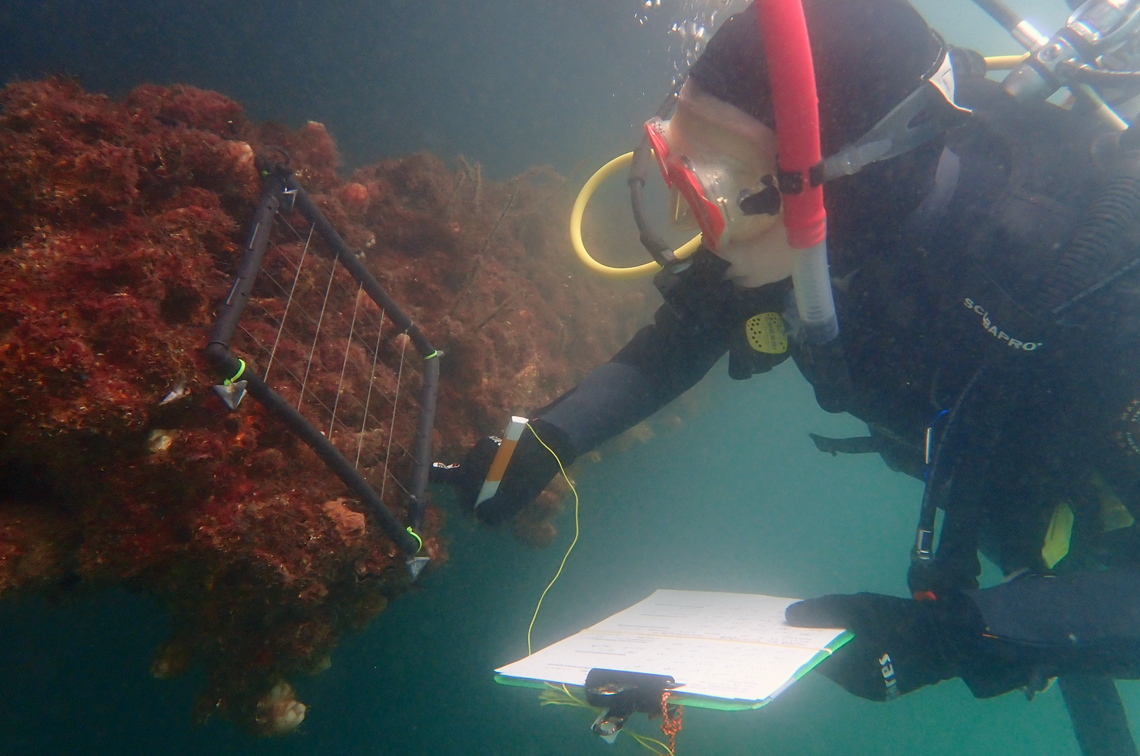
Nature-based coastal protection
The techniques, risks and benefits of integrating natural habitats into coastal protection (nature-based solutions) are poorly understood compared with conventional engineered solutions such as rock walls. This poses challenges for engineering consultants employed by landowners or managers to develop options for coastal protection.
Engineers need specific measures, standards and codes, but much of this information is still being discovered for nature-based coastal protection. The second working group brought together coastal engineering consultants and people from all levels of government to discuss these issues.
National standards and coordination
Workshop participants identified the need for national technical guidance supported by scientific research and development. They also recognised that developing the knowledge base may require project proponents to become more accepting of risk.
National standards would need to cover evidence-based formulas for implementing projects, material specifications, climate impacts, tender processes and monitoring (including definitions of ecological and engineering success).
Workshop participants echoed the need for clarity and national alignment in the approvals process, and a national body to drive a national framework and coordination. Increased training for engineers and the construction industry is also critical to build confidence in this less familiar approach to coastal protection.
Consistent methods applied at large scale and for a wide range of conditions are needed to establish the evidence and methodologies to a level consistent with conventional coastal engineering approaches.
Aboriginal and Torres Strait Islander inclusion and co-design
Aboriginal and Torres Strait Islander people involved in caring for Sea County are increasing their leadership and participation in ecological restoration. This working group proposed that in Australia, identifying effective ways of partnering with Indigenous groups will be necessary to achieving Target 2 of the Convention on Biological Diversity to restore 30% of lands and waters by 2030.
The group conducted interviews with individuals from two different Traditional Owner organisations that partnered with western scientific organisations to conduct restoration on Sea Country. The projects were at Mungalla Station, near Ingham, Queensland, and Gamay (Botany Bay), New South Wales.
An arts-based approach was used to synthesise the findings into a visual proposed ‘pathway’ to Indigenous participation in coastal marine restoration. The pathway identified steps that can be taken by people from a western scientific background, Indigenous groups, and decision makers and funders. The steps involved authentic relationships, formal partnerships, learning and education and sustained funding.
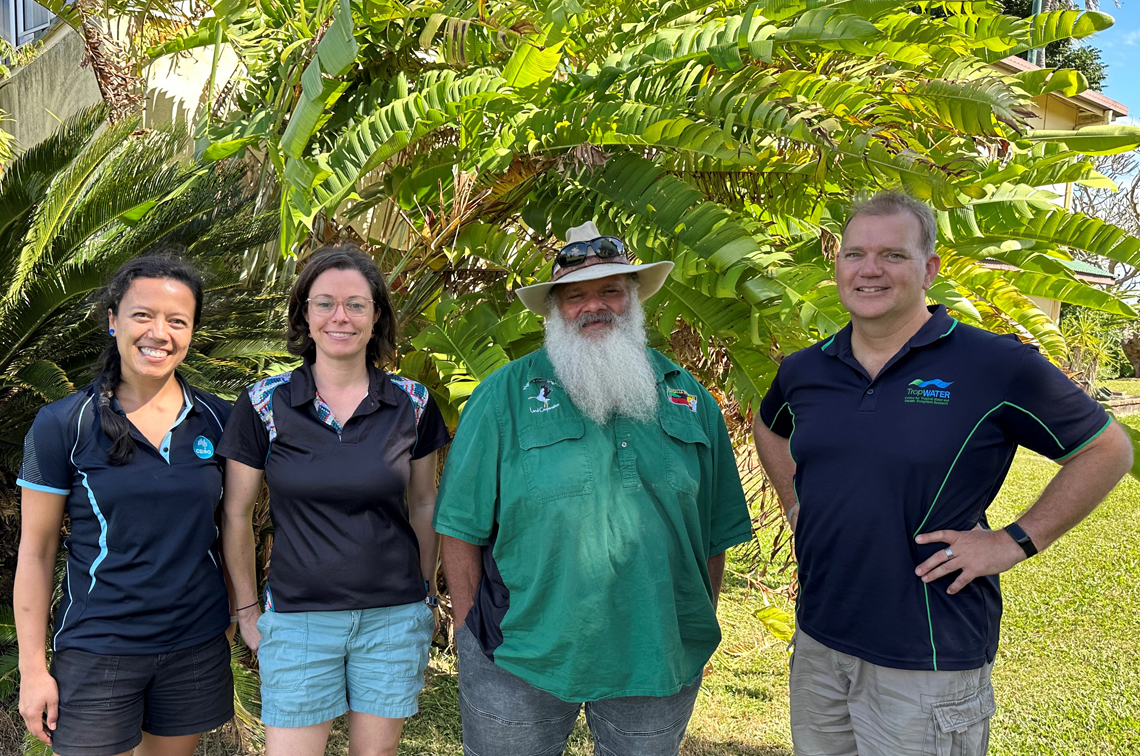
Ongoing research
A follow-up Marine and Coastal Hub project is guiding the scaling up of marine and coastal restoration in Australia by:
- updating databases of coastal and marine restoration and nature repair activities;
- compiling an evidence base to lessen the risk of nature repair projects for investors, managers and practitioners; and
- scoping a national framework to guide and coordinate future investment.
Related information
Project 3.7 reports
- A blueprint for overcoming barriers to the use of nature-based coastal protection in Australia
- Legislative permitting processes for restoration
- Pathways to Aboriginal and Torres Strait Islander inclusion and co-design in restoration
Project 4.10: Derisking nature repair activities in Australian coastal and marine ecosystems

